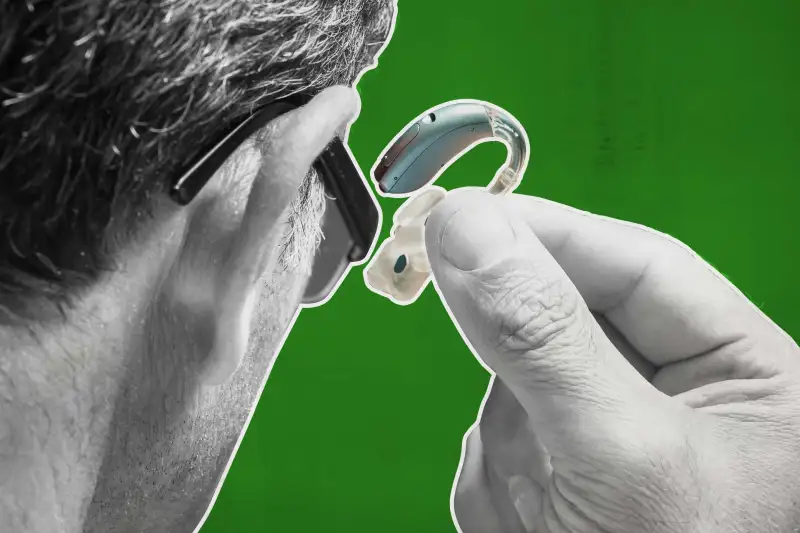Hearing Aids Will Soon Be Much Cheaper and Easier to Get

Within weeks, you'll be able to buy hearing aids without a prescription — and possibly save thousands of dollars per pair.
The U.S. Food and Drug Administration announced a long-awaited rule Tuesday that creates a new category for over-the-counter hearing aids. The ruling allows Americans to skirt costly exams and audiologist visits by letting them purchase the devices directly from local pharmacies, stores or online vendors.
The decision is also expected to drastically reduce the price while increasing access.
“Hearing loss is a critical public health issue that affects the ability of millions of Americans,” FDA Commissioner Dr. Robert M. Califf said in a statement. “This new regulatory category will allow people with perceived mild to moderate hearing loss to have convenient access to an array of safe, effective and affordable hearing aids.”
How much do hearing aids cost?
According to the FDA, 40 million adults suffer from hearing loss, but only 1 in 5 use hearing aids. Costs have been a major barrier.
The AARP, an advocacy group for people aged 50 or older, says prescription hearing aids cost an average of $2,300 per ear — with some premium models charging as high as $6,000 per ear. In addition to the devices themselves, the total price tag often includes visits to specialists or audiologists, fitting fees and hearing exams. Most private insurers and Medicare don’t cover all these expenses.
“For many Americans, the high cost of prescription hearing aids puts them out of reach, increasing their risk of isolation, depression and other health issues,” AARP executive Nancy LeaMond said Tuesday in an announcement.
By skirting mandatory visits and fees, Americans will be able to save — to the tune of nearly $3,000 a pair, as President Joe Biden said in his own statement praising the FDA ruling.
Where to find affordable hearing aids
Once more over-the-counter hearing aid models hit the market, industry experts are expecting hearing aid prices to drop due to increased competition. Currently, only a handful of hearing aid manufacturers dominate more than 90% of the market.
Major consumer tech brands have already begun designing more affordable hearing aids in recent years, which typically sell between $800 and $2,000 a pair.
For example, Jabra already sells hearing aids, though they aren’t technically sold direct-to-consumer due to current regulation. Instead, they’re available via Costco Hearing Centers. On the other hand, Bose received an FDA authorization in 2018 to market direct-to-consumer hearing aids, a first. The aids retailed for about $850 before being discontinued. (Bose began laying off its health division in May, and the company has since said it’s exiting the hearing aid market.)
Under the new FDA ruling, consumer tech companies will be free to sell directly to consumers online or at pharmacies and other retailers instead of channeling sales through Costco or other licensed vendors. The hearing aids will still need to meet FDA quality standards.
The new over-the-counter models are intended for people with mild to moderate hearing loss. The AARP recommends people with more severe hearing loss — or children — still get a professional exam and seek a prescription model.
The FDA’s ruling officially goes into effect Oct. 17. New over-the-counter hearing aid models are expected to hit shelves soon after.
This article was updated on Aug. 22 to clarify that Bose received FDA authorization — not formal approval — in 2018 for direct-to-consumer hearing aids.
More from Money:
The 5 Biggest Risks People Face in Retirement, Ranked
Social Security Recipients Could Get an Extra $1,900 Next Year
4 Ways the Inflation Reduction Act Can Save You Money
